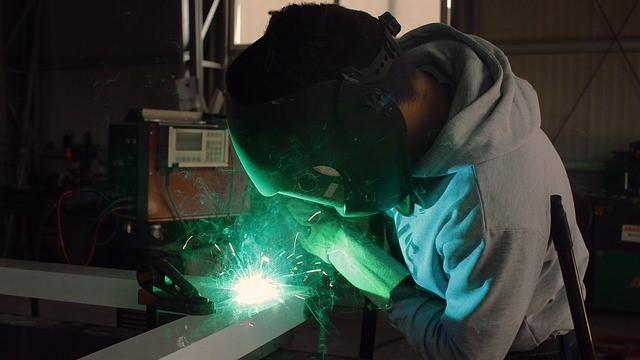When it comes to metals, hardness doesn’t necessarily mean quality. There are other equally crucial properties that have to be considered to determine a metal’s value as a material. In most cases, a balance between flexibility, durability, and what’s needed in a particular application must be achieved to determine if a certain metal is ideal or not.
Two of the most important properties of metal are malleability and ductility. Malleability is the ability of metals to be hammered, pressed, or rolled into thin sheets without breaking, while ductility is the ability of metals to be pulled out into wires. They may seem the same properties, considering that they allow for almost similar kinds of deformation, but they are actually different, although it is also safe to say that most malleable metals are also ductile.

Malleability and Ductility: Not the Same?
One way to differentiate malleability from ductility is by looking at the molecular structure of metals through a microscope. The molecules of a metal consist of packed atoms. Compared to the molecules that make up organic matters, those of metals are highly dense. When applied with stress, these atoms roll over each other depending on the vector forces the stress created. The atoms of malleable metals would normally roll faster.
If the stress is created by a pulling force, the atoms will also roll over each other just like they do when pressed but there’s a chance that they will break apart. When that happens, the metal will either crack or disintegrate. The longer the metal atoms stick together and hold up when pulled, the higher the metal’s ductility is. In other words, the two properties are different because not all metals that can withstand compression are capable of resisting tension. So they cannot be considered completely the same. If anything, they are related yet exclusive.
Benefits of Malleability and Ductility
The metal panels on your roof, the walls of airplanes and space crafts, the cores of the wires that run within your walls, or even the spoon and fork you eat with—they are all products of pressing and stretching metals. If not for metals’ malleability and ductility, people will never be able to experience that majority of life’s comforts. Even more amazing, these are unique to metals, which is why metals outperform other materials in countless ways.
Understanding these properties of metals can help you identify the materials that could work well for certain applications. If your upcoming project involves the use of sheets or channels, you’ll surely be able to choose the best type of metal if you can differentiate their malleability and ductility levels. For instance, if you’re looking for a material that can provide addition tensile strength to the structure you are building, you can quickly point to the brass channel, since brass is well-known for being highly malleable. Of course, it would help to consult with metal experts from trusted suppliers like Rotax Metals.
Sources:
What is Malleability in Metallurgy?, thebalance.com
METALLIC STRUCTURES, chemguide.co.uk

